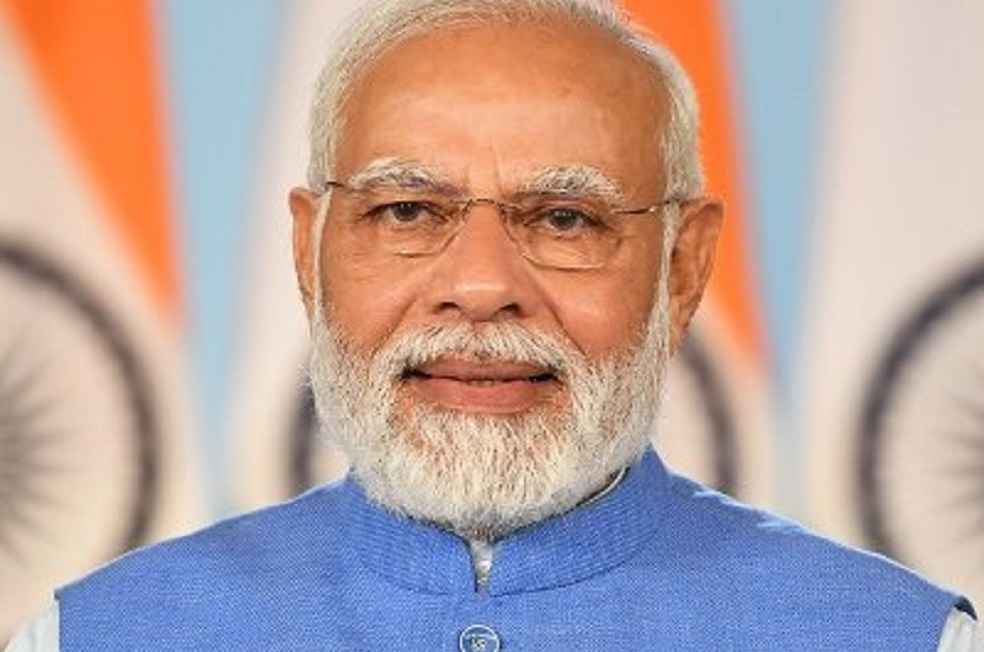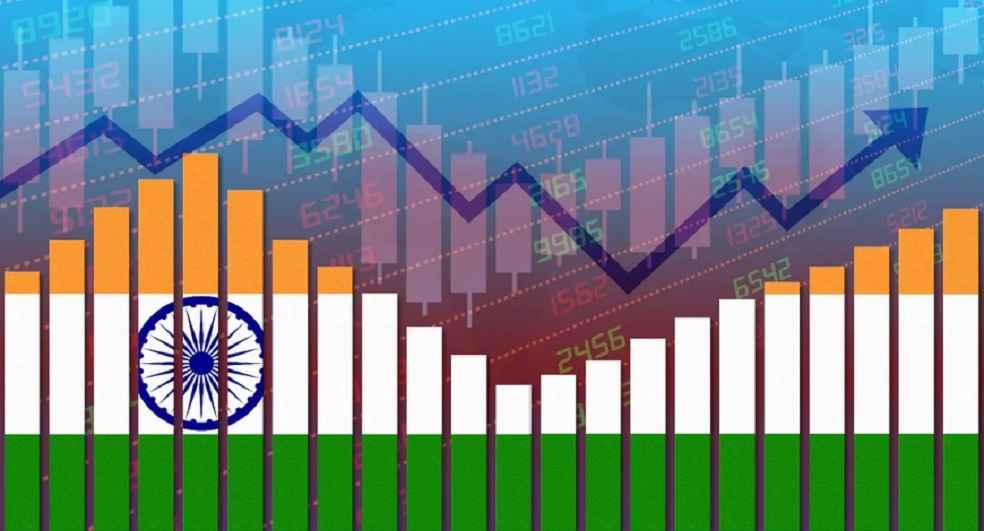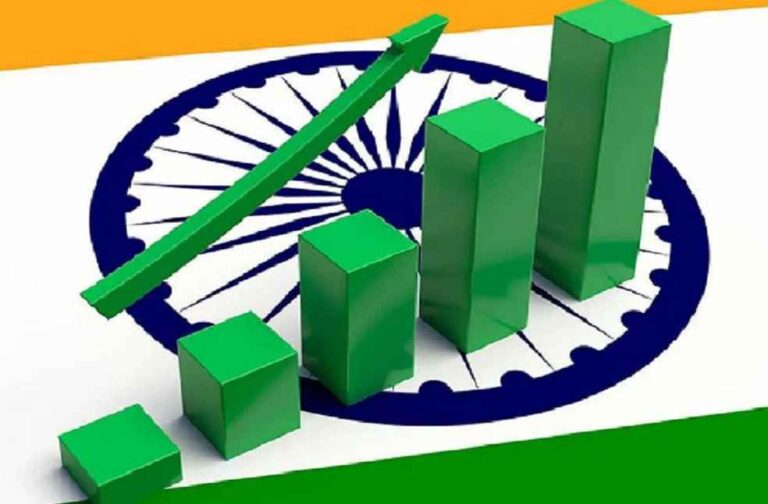India’s economy has outpaced global economic trends, registering a 6.1% growth in the first quarter of the current fiscal year. According to data released by the government, this expansion was spurred by both government and private capital spending.
As a result, India continues to be one of the fastest-growing emerging economies globally, with its economic performance appearing especially robust in comparison to China’s stumbling post-pandemic recovery.
Economic analysts were pleasantly surprised as India’s Q1 performance surpassed the 5% growth rate forecasted in a Reuters poll of economists. This indicates a remarkable upward trajectory from the 4.5% growth recorded in the previous quarter of the 2022-2023 fiscal year.

Accordingly, full-year growth projections have been adjusted from the initial estimate of 7% to 7.2%. This indicates a slowing growth pace compared to the impressive 9.1% growth achieved during the 2021-2022 fiscal year.
In spite of this progress, economists have cautioned against global slowdown and financial market volatility, which could impact exports and impede future growth.
“The growth outlook is not without risks, particularly in regards to the monsoon progress and recession risks globally,” stated Sakshi Gupta, an economist at HDFC Bank. Nevertheless, she added that the growth figures do reflect a measure of optimism for India’s economy, despite global headwinds.
The Reserve Bank of India (RBI) has kept interest rates unchanged, maintaining a wait-and-see approach to observe the impact of a significant 250 basis points hike implemented since May last year.

A sector-by-sector analysis of Q1 results show a mixed bag. The manufacturing sector, which constitutes approximately 17% of India’s economy, reported a year-on-year expansion of 4.5% compared to a contraction in the previous quarter.
There is also optimism for the agricultural sector, with forecasts predicting normal monsoon rains over the next four months, which may provide further support for growth.
However, private consumption, which makes up almost 60% of India’s economy, only grew 2.8% year-on-year, indicating a somewhat uneven recovery.
Despite these challenges, Indian Prime Minister Narendra Modi’s administration has taken measures to stimulate the economy, increasing capital spending on infrastructure such as roads, railways, and airports.
While India’s economic growth is encouraging, the country needs to maintain a growth rate of 7-8% annually and bolster its manufacturing sector to provide jobs for its workforce. Currently, 45% of India’s workforce is employed in the farming sector, which only contributes 15% to the economy.
This jobs challenge is underscored by a reported increase in unemployment to 8.1% in April, according to data from the Centre for Monitoring Indian Economy.
DON’T MISS IT: AI Fear Factor: Majority Americans See Threat, Poll Shows



